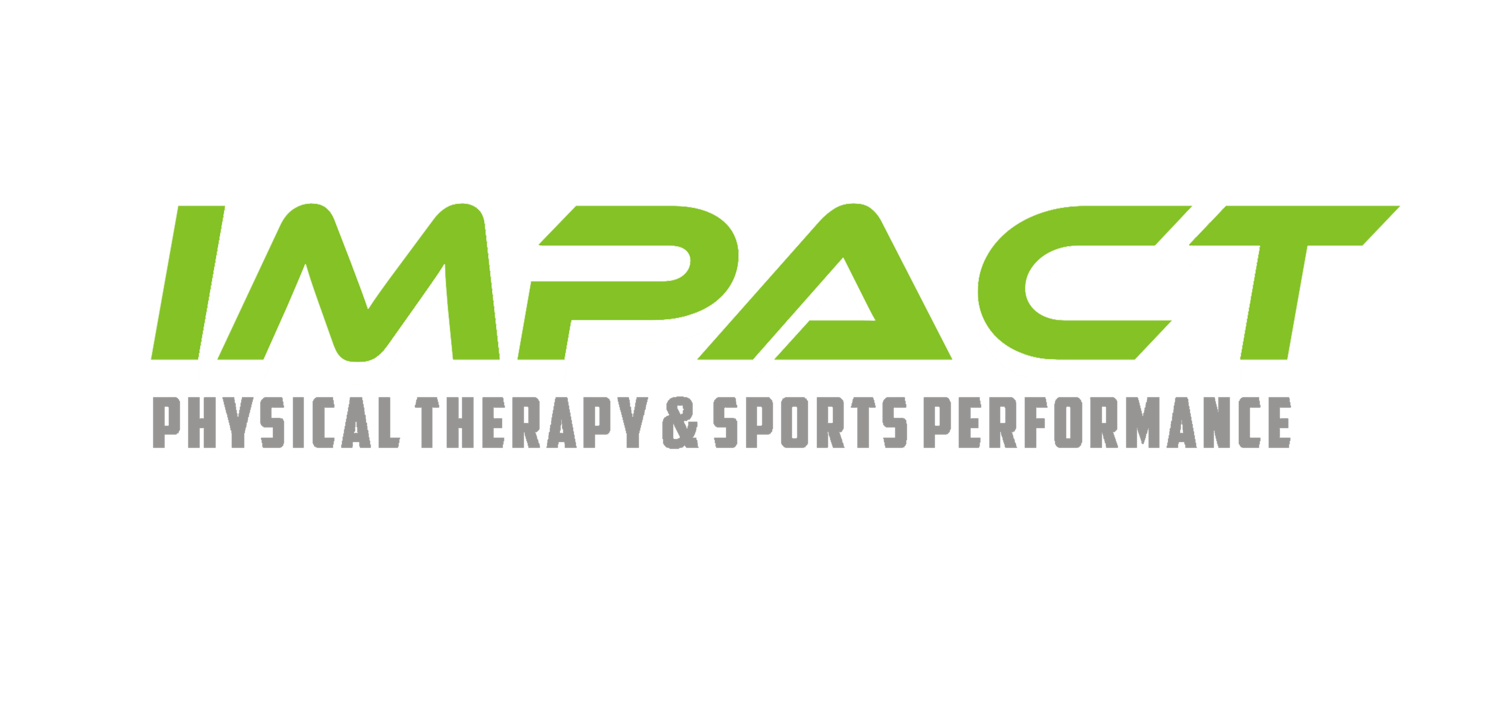Return to Run Testing for ACL Rehabilitation: When Are You Ready?
Introduction
Returning to running after an ACL reconstruction is a significant milestone in the rehabilitation process. However, getting back too soon can increase the risk of re-injury and delay full recovery. At Impact Physical Therapy and Sports Performance, we use objective return-to-run testing to ensure your knee is strong, stable, and ready to handle the demands of running.
Our comprehensive testing evaluates strength, mobility, neuromuscular control, and tissue tolerance, helping you return to running safely and confidently.
Why Return to Run Testing Matters
Many athletes and active individuals want to return to running as quickly as possible after ACL surgery. However, progressing too soon—before the knee has regained sufficient strength and control—increases the risk of reinjury, poor mechanics, and long-term knee issues.
Our return-to-run testing ensures that:
Your knee can tolerate impact forces without pain or swelling
Your strength and movement mechanics are balanced
Your neuromuscular control is fully restored
Your tissues can handle the demands of running
Return to Run Testing: Are You Ready?
Before clearing an athlete to run, we assess several key strength, mobility, and functional movement benchmarks:
1. Pain & Swelling
Pain level less than 2/10 during movement
No swelling in the knee joint
If there is persistent pain or swelling, running may aggravate the knee and slow down recovery.
2. Range of Motion
Full knee extension (straightening)
At least 95% knee flexion (bending) compared to the other leg
Restoring full knee mobility is critical to prevent compensations that can lead to further injury.
3. Strength Requirements
Strength imbalances increase the risk of re-injury. We measure limb symmetry to ensure both legs are functioning at similar levels:
At least 70% hamstring strength symmetry
At least 70% quadriceps strength symmetry
Strong quads and hamstrings are essential for absorbing impact and stabilizing the knee during running.
4. Functional Movement Tests
We evaluate movement quality, neuromuscular control, and tissue tolerance with the following assessments:
Single-Leg Squat – Measures reps and movement quality
Y-Balance Test – Requires at least 90% composite score compared to the non-injured leg
Step Down Test – Evaluates neuromuscular control and eccentric strength
Low-Level Plyometric Tolerance – Includes pogo jumps or hop-and-stick tests to assess tissue readiness for impact
These tests help us determine if your knee is stable enough to handle the repetitive forces of running.
What Happens After Passing Return to Run Testing?
Once you meet all criteria, we progress you through a graded return-to-run program that includes:
Walk-to-run intervals to gradually reintroduce impact
Gait analysis to monitor running form
Continued strength & stability training to reduce injury risk
Progressive load management to build endurance safely
Our goal is to help you return to running stronger and more resilient than before!
Not Sure If You're Ready to Run? Let’s Find Out!
Rushing back to running too soon can set you back in your ACL recovery. Our Return to Run Testing at Impact Physical Therapy and Sports Performance ensures your knee is strong, stable, and fully prepared for impact.
📞 Schedule your evaluation today and take the next step toward a safe and confident return to running!
#ACLRehab #ReturnToRun #KneeRecovery #SportsPerformance #PhysicalTherapy #ImpactStrength

